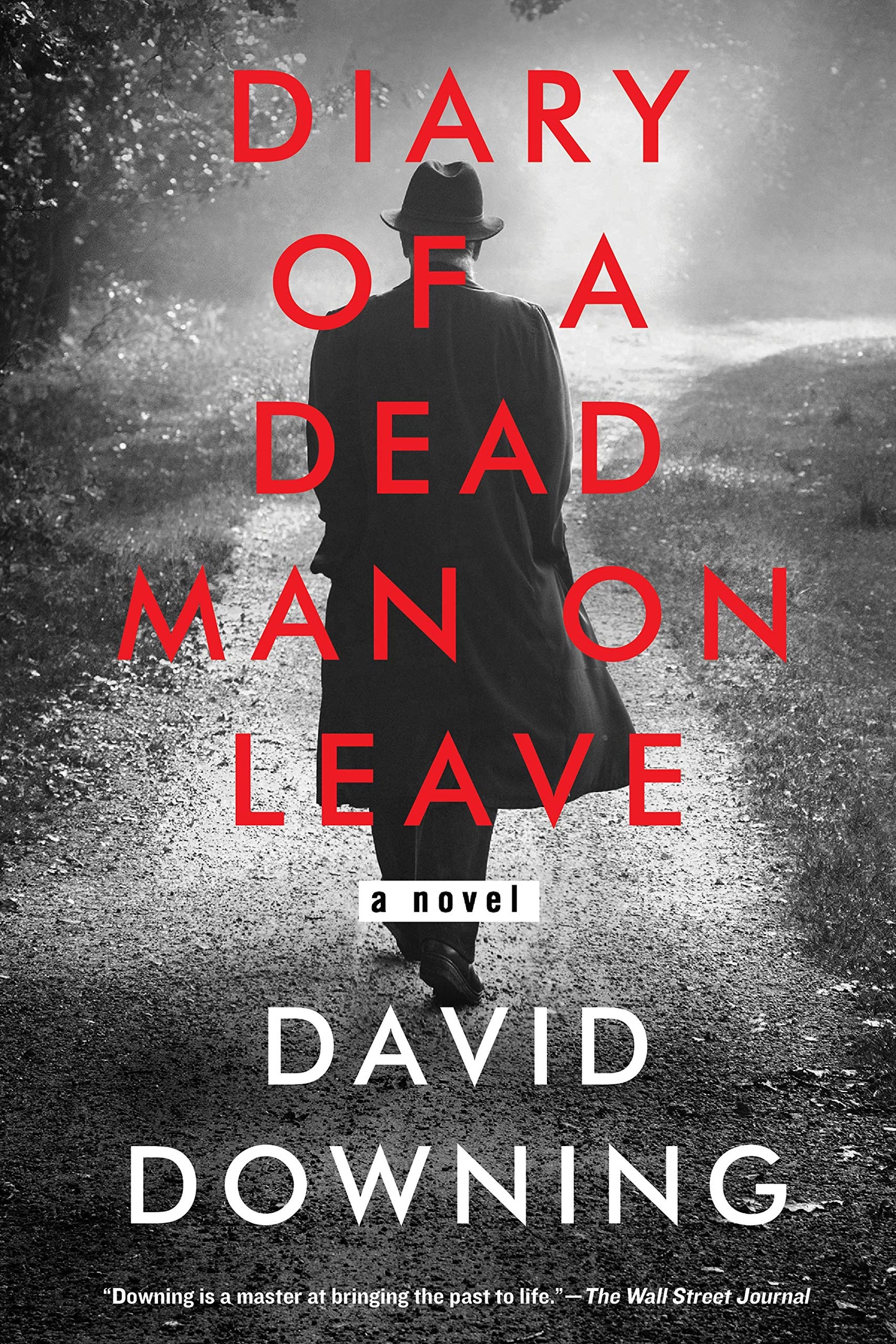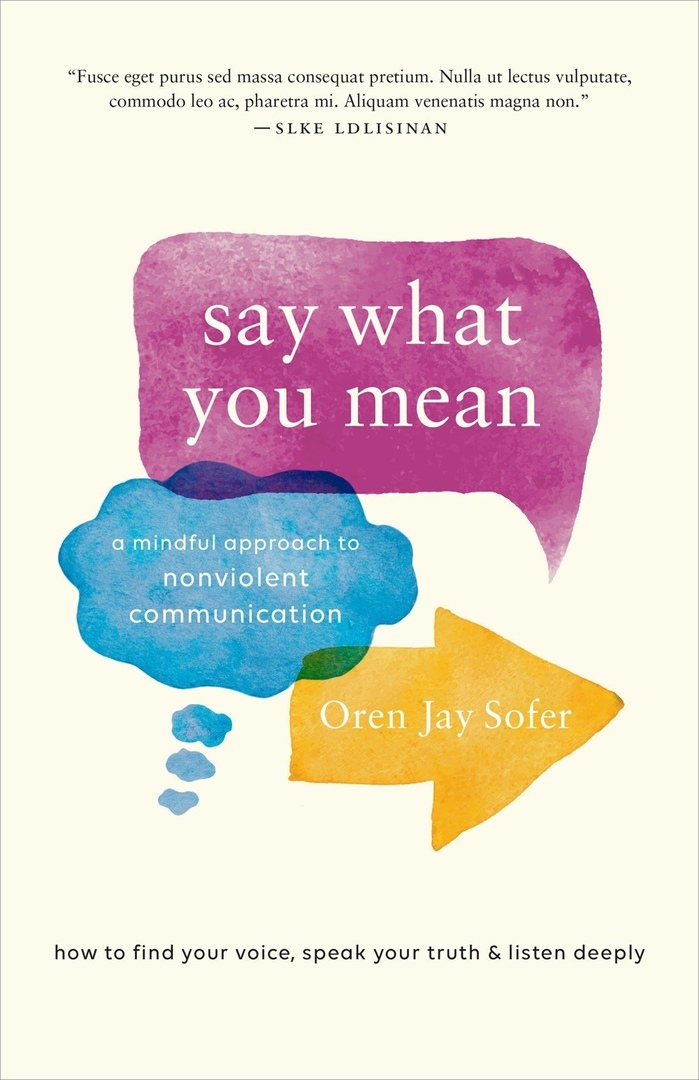A History of Disease in Ancient
1) A History of Disease in Ancient Times: More Lethal than War – Philip Norrie
Palgrave Macmillan | 2016 | PDF
This book shows how bubonic plague and smallpox helped end the Hittite Empire, the Bronze Age in the Near East and later the Carthaginian Empire. The book will examine all the possible infectious diseases present in ancient times and show that life was a daily struggle for survival either avoiding or fighting against these infectious disease epidemics. The book will argue that infectious disease epidemics are a critical link in the chain of causation for the demise of most civilizations in the ancient world and that ancient historians should no longer ignore them, as is currently the case.
2) Plagues in World History – John Aberth
Rowman & Littlefield Publishers | 2011 | PDF
Plagues in World History provides a concise, comparative world history of catastrophic infectious diseases, including plague, smallpox, tuberculosis, cholera, influenza, and AIDS. Geographically, these diseases have spread across the entire globe; temporally, they stretch from the sixth century to the present. John Aberth considers not only the varied impact that disease has had upon human history but also the many ways in which people have been able to influence diseases simply through their cultural attitudes toward them. The author argues that the ability of humans to alter disease, even without the modern wonders of antibiotic drugs and other medical treatments, is an even more crucial lesson to learn now that AIDS, swine flu, multidrug-resistant tuberculosis, and other seemingly incurable illnesses have raged worldwide. Aberth’s comparative analysis of how different societies have responded in the past to disease illuminates what cultural approaches have been and may continue to be most effective in combating the plagues of today.
3) Plagues and Peoples – William H. McNeill
Anchor | 1976 | EPUB
Upon its original publication, Plagues and Peoples was an immediate critical and popular success, offering a radically new interpretation of world history as seen through the extraordinary impact–political, demographic, ecological, and psychological–of disease on cultures. From the conquest of Mexico by smallpox as much as by the Spanish, to the bubonic plague in China, to the typhoid epidemic in Europe, the history of disease is the history of humankind. With the identification of AIDS in the early 1980s, another chapter has been added to this chronicle of events, which William McNeill explores in his new introduction to this updated editon.
Thought-provoking, well-researched, and compulsively readable, Plagues and Peoples is that rare book that is as fascinating as it is scholarly, as intriguing as it is enlightening. “A brilliantly conceptualized and challenging achievement” (Kirkus Reviews), it is essential reading, offering a new perspective on human history.
4) Plagues and Poxes: The Impact of Human History on Epidemic Disease – Alfred Jay Bollet
Demos Health | 2004 | PDF
“Since publication of the initial version of Plagues & Poxes in 1987, which had the optimistic subtitle “The Rise and Fall of Epidemic Disease,” the rise of new diseases such as AIDS and the deliberate modification and weaponization of diseases such as anthrax have changed the way we perceive infectious disease.
With major modifications to deal with this new reality, the acclaimed author of Civil War Medicine: Challenges and Triumphs has updated and revised this series of essays about changing disease patterns in history and some of the key events and people involved in them. It deals with the history of major outbreaks of disease – both infectious diseases such as plague and smallpox and noninfectious diseases – and shows how they are in many cases caused inadvertently by human actions, including warfare, commercial travel, social adaptations, and dietary modifications. To these must now be added discussion of the intentional spreading of disease by acts of bioterrorism, and the history and knowledge of those diseases that are thought to be potential candidates for intentional spread by bioterrorists.
5) Epidemics and Pandemics: Their Impacts on Human History – Jo Hays
ABC-CLIO | 2005 | PDF
Great pandemics have resulted in significant death tolls and major social disruption. Other “virgin soil” epidemics have struck down large percentages of populations that had no previous contact with newly introduced microbes. Written by a specialist in the history of science and medicine, the essays in this volume discuss pandemics and epidemics affecting Europe, the Americas, Africa, and Asia, covering diseases in ancient times to the present. Each entry combines biological and social information to form a picture of the significance of epidemics that have shaped world history.
The essays cover the areas of major pandemics, virgin soil epidemics, disruptive shocks, and epidemics of symbolic interest. Included are facts about what an epidemic was, where and when it occurred, how contemporaries reacted, and the unresolved historical issues remaining. This fascinating material is written at a level suitable for scholars and the general public.
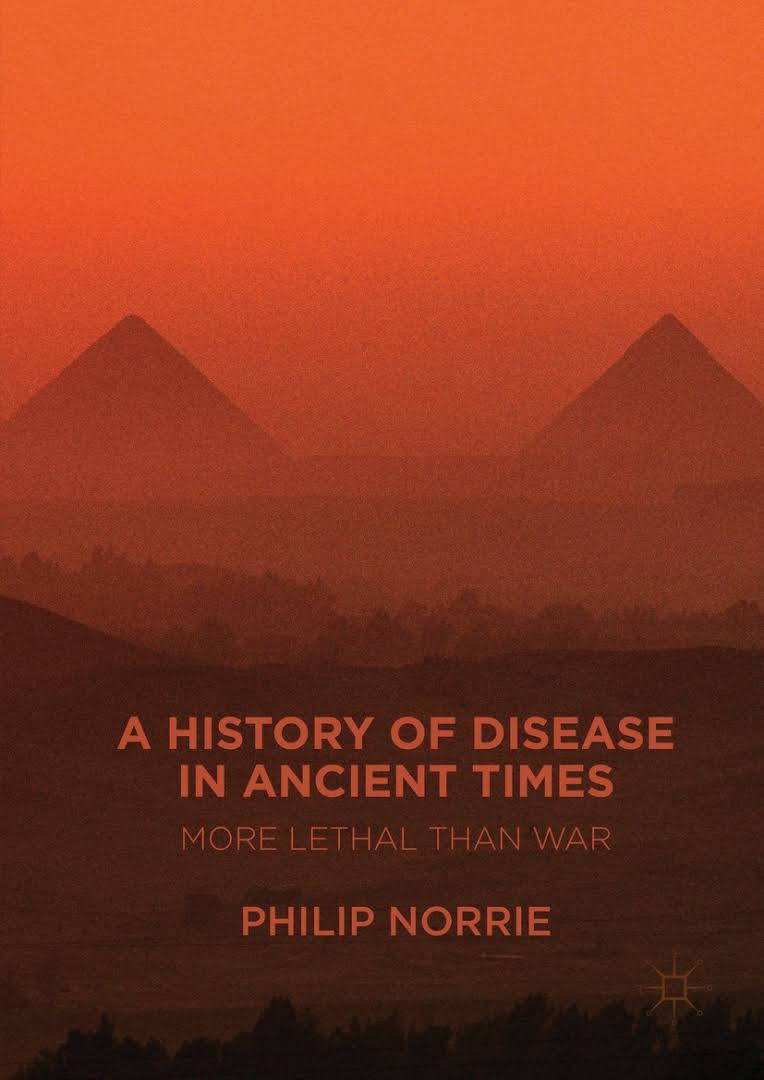 1 / 5
1 / 5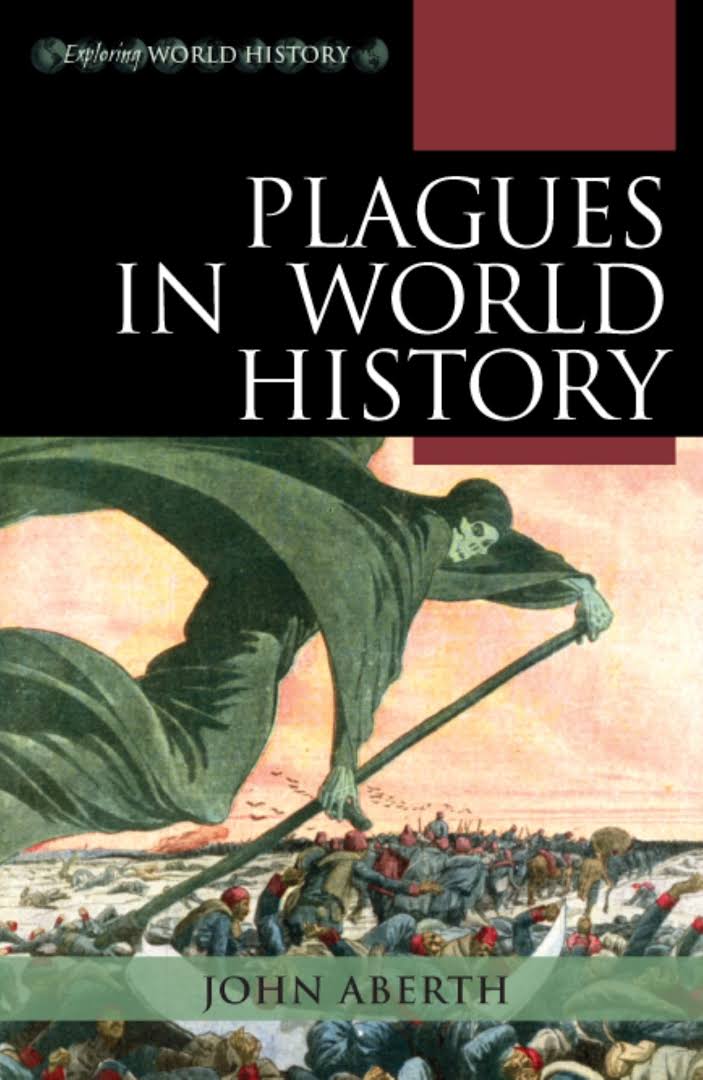 2 / 5
2 / 5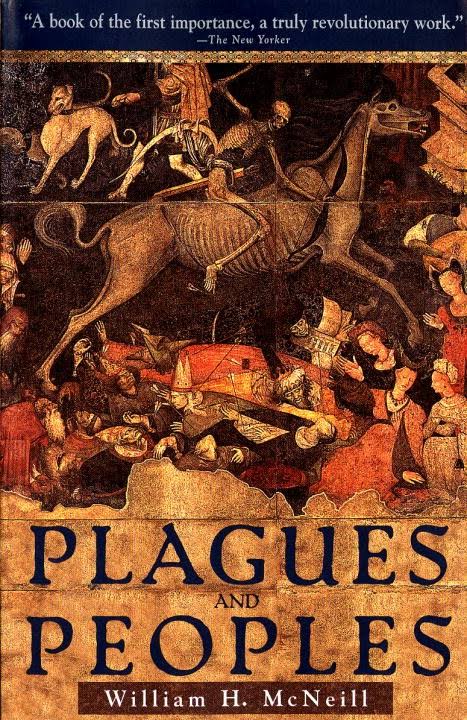 3 / 5
3 / 5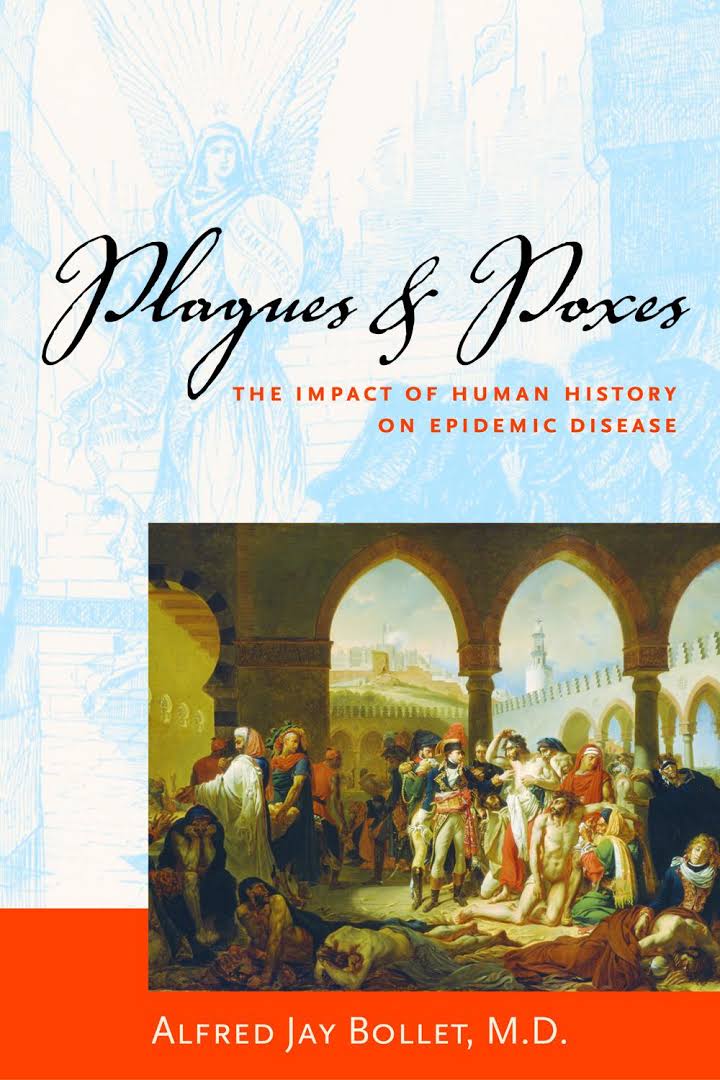 4 / 5
4 / 5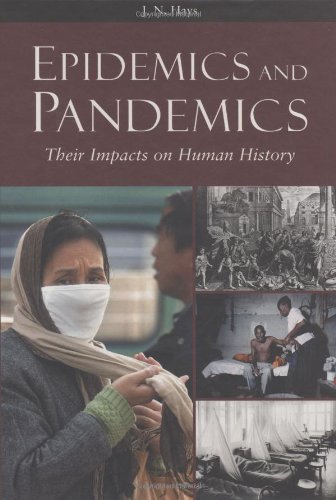 5 / 5
5 / 5